Bulgogi
- rosemary
- Oct 5, 2024
- 7 min read
"Chef-owned restaurants are the key to growing a cuisine."
Hooni Kim/Serious Eats

My older son and his family are currently in Korea watching their older son play soccer mostly but squeezing in time to absorb Korean culture and food. They all love to travel, and the adults at least love to try out the food. Not, of course, that you have to travel to Korea to try out Korean food. It's in your supermarket aisles, freezer and chill cabinets. You don't even have to make it yourself. So when in today's new Coles Magazine I found the above - Bulgogi beef lettuce wraps I thought it was time to do a Korean dish - beef bulgogi.
As to that particular recipe it actually demonstrates that you don't have to start from scratch - as the beef is already cooked - 'Easy slow-cooked brisket in American BBQ sauce'; the kimchi comes in a tin and the bulgogi sauce comes in a jar. Which admirably demonstrates really the way that foreign cuisines become absorbed and industrialised into the resident cuisine - and also fused with others - American BBQ sauce; lettuce wraps which to my ignorant mind at least are more Vietnamese and Malaysian than Korean. But I confess I do not know a lot about Korean food - other than that it is spicy - or as Hooni Kim a Korean/American chef says:
"Your five flavors—sweet, salty, sour, acidic, and spicy—are all encompassed in a single dish. Korean food delivers flavor right off the bat with all these different flavors, without [you] having to look for them." Serious Eats
It's big though isn't it? Korean food I mean. As are Korean films and TV, K-Pop - those slightly eerie pretty boy and girl pop groups with very catchy songs and lots of dance moves - and probably a whole lot of other media cultural stuff. Not to mention their electronic products and cars. I wonder which came first - the visual stuff or the food. I read that it's not just a major wave of immigration which causes new food trends, because there haven't really been huge Korean immigrant diasporas. Their groups are relatively small in the big migrant nations like the US, Canada, the UK and, of course, here in Australia. But their influence is currently huge. And their brands are everywhere. We alone have an LG fridge, a Samsung TV and two KIA cars - and probably a lot of other stuff as well.

Melbourne, for example has apparently named Healey's Lane as Korea Town as it is lined with Korean eating places. The article I have linked you to has said it was unofficially Korea Town. Not any more. The Melbourne mayor has offcially named it. Not that this is the only place in Melbourne where you will find Korean food.
I guess the food has to begin with immigrants however - if only that the producers of the food are Korean. In America it may all have began with David Chang - who apparently is Korean - I confess I thought he was of Chinese origin - and his hugely successful Momofuku restaurants. Which I don't think have stretched to Australia as yet. But yes, maybe it begins with somebody opening up a Korean restaurant, then a few more nearby to service the small community, discovery by the restaurant critcs and before you know where you are there are recipes in supermarket magazines and sauces on their shelves.
For as I found when 'researching' this post, your local supermarket - even one in fairly non ethnic Eltham - will be stocked with kimchi, gochujang and various Korean sauces and marinated food. So yes Korea is right on trend. I shall be asking my son all about it when he gets home.
So bulgogi. Bulgogi means 'fire meat' because traditionally it is cooked over charcoal. And there seems to be a sort of argument about whether to stir fry bulgogi or barbecue it. You lose the sauce on a barbecue, but the sauce drips on to the fire that returns it to the meat enhanced with the flavour of smoke.

As in the Korean barbecue restaurants that used to be around back in the 70s and 80s. I remember them. This is a photograph of a current BBQ restaurant - Mansae - which appears on all the best of lists. I think they seem to rather more classy looking these days. My memoryis of everyone selecting ingredients from displays and then handing them to the chef who cooked them up for you on a central barbecue - in a cheap and cheerful kind of setting. I may have this wrong though because now it seems you select from dishes of stuff on your table and then cook it yourself on the barbecue that sits in the centre of your table. So maybe we did back then too. It just didn't look as posh.
Beef bulgogi seems to be the most famous of the Korean barbecue kind of dish. And of course being a defining dish, the ingredients vary wildly or not so wildly from person to person. Sometimes on a simple level gochujang is involved and the dish is therefore spicy, sometimes it is not. So here a few examples from here and there - beginning with a group from the two supermarkets: Beef bulgogi from Coles and then Easy bulgogi beef bowls and Beef bulgogi from Woolworths, with both of them to a greater and lesser degree using premade ingredients.
I then looked for the basic recipe from various sites, also with varying degrees of authenticity: Korean beef bulgogi/Damn Delicious; Bulgogi/Maangchi; Korean beef bowl (bulgogi/ Recipe Tin Eats which based the recipe for Bulgogi (Korean BBQ beef) on the My Korean Kitchen blog; Basic bulgogi/Chris Morocco/Bon Appétit:
Then there are the people who start to meddle with the original, especially in America, although we have followed, by fusing the Korean with their own, or what has become their own. In America (and here) bulgogi seems to have merged with Mexican, or Tex Mex tacos - the most popular iteration:
"The formula is simple: take what Americans love (tacos), switch it up a bit (replace carnitas with bulgogi, swap kimchi in for salsa), and get selling. While plenty of Asian chefs alter their dishes to fit the American palate, it took Korean food to put it in a tortilla—to recreate a cornerstone of American cuisine through a new lens." John Surico/Serious Eats
So we get: Beef bulgogi tacos/Coles and Beef bulgogi tacos - Sarah/The Woks of Life - but there are numerous other examples of the taco approach, which Woolworths sort of copied by turning it into Easy bulgogi beef wraps.
And it is sort of obvious really isn't it? You've barbecued your thin strips of beef - now wrap them in something.
"the idea of putting bulgogi on a warm corn tortilla, with crunchy cabbage, spicy kimchi, sour cream, queso fresco, and a squeeze of lime––while not an immediately obvious combination to those outside of L.A., New York, and apparently Beijing, isn’t actually that outlandish at all." Sarah - The Woks of Life
The Americans didn't stop there however. They also have Grilled Korean-style bulgogi burgers with kimchi mayo and pickled daikon - Emily and Matt Clifton/Serious Eats and Bulgogi Cheesesteak - Hapa Nom Nom/Sidechef - both of which seem to have strayed some way from the original concept - more with the hamburger. The cheesesteak does seem to have at least kept the beef strips, rather than just glazing the hamburger with a bulgogi sauce.
I also saw a bulgogi pasta, which just seemed a step too far, and I am sure that if I had trawled TikTok, Instagram and even Google more, I would have found many other experiments.
It seems to me that we didn't use to experiment with mixing up food from here, there and everywhere as much. These days it is commonplace, as Sarah from The Woks of Life says about a meal she had in Beijing, where she first encountered bulgogi tacos, with her father - Chinese/American and some friends:
"A Chinese-American family from New Jersey, a Cornell-educated guy from Jakarta, and his Polish wife, enjoying a uniquely L.A. experience of Korean and Mexican flavors in the old hutong’s of Beijing." - Sarah/The Woks of Life
The positive side of cultural fusion in action. If we can do this with food why can't we do it with people?
To conclude, perhaps the most obvious change that you can make, and it is one that it is not at all new, is to switch to a different meat - or fish, or vegetable - or whatever and there are lots of examples of this - with pork perhaps being the most common switch. Here are two: Tofu and mushroom bulgogi - Meera Sodha/The Guardian, for the vegans amongst you and Salmon bulgogi with baby bok choy and mushrooms - Chef'd/Sidechef. Ottolenghi, by the way doesn't seem to have yet encountered bulgogi.
It's a pretty simple collection of things in the bulgogi sauce, so maybe I'll give it a go next time I try a stir fry. I forgot to mention that one of the crucial ingredients is nashi - or Korean pear, which is most interesting. Virtually all of the recipes suggested apple as a substitute if you can't find the right pear although somebody suggested beurre bosc pears. Nashi pears are not too diffucult to find here, however.
It's difficult to see, however, how to do it on a barbecue because the beef is sliced into thin strips, and would therefore fall through the grid. Sure you can do it on a griddle plate, but then the sauce doesn't fall on to the charcoal and give you that smoky flavour. So maybe you cook it whole and slice later? I couldn't quickly find the answer to this.
POSTSCRIPT
October 5 - time to switch to summertime while the rain pours down and the temperature plummets.
2023 - Flakes
2022 - Charter pie
2021 - So much parsley
2020 - Variations on a theme - butter chicken again - I seem to have done this over and over again - apologies. Perhaps that's why butter chicken is so popular.
2019 - Has blogging changed me? I reread this one, and it mostly still applies.
2018 - Nothing
2017 - You can't win, so compromise
2016 - Is Provence real?


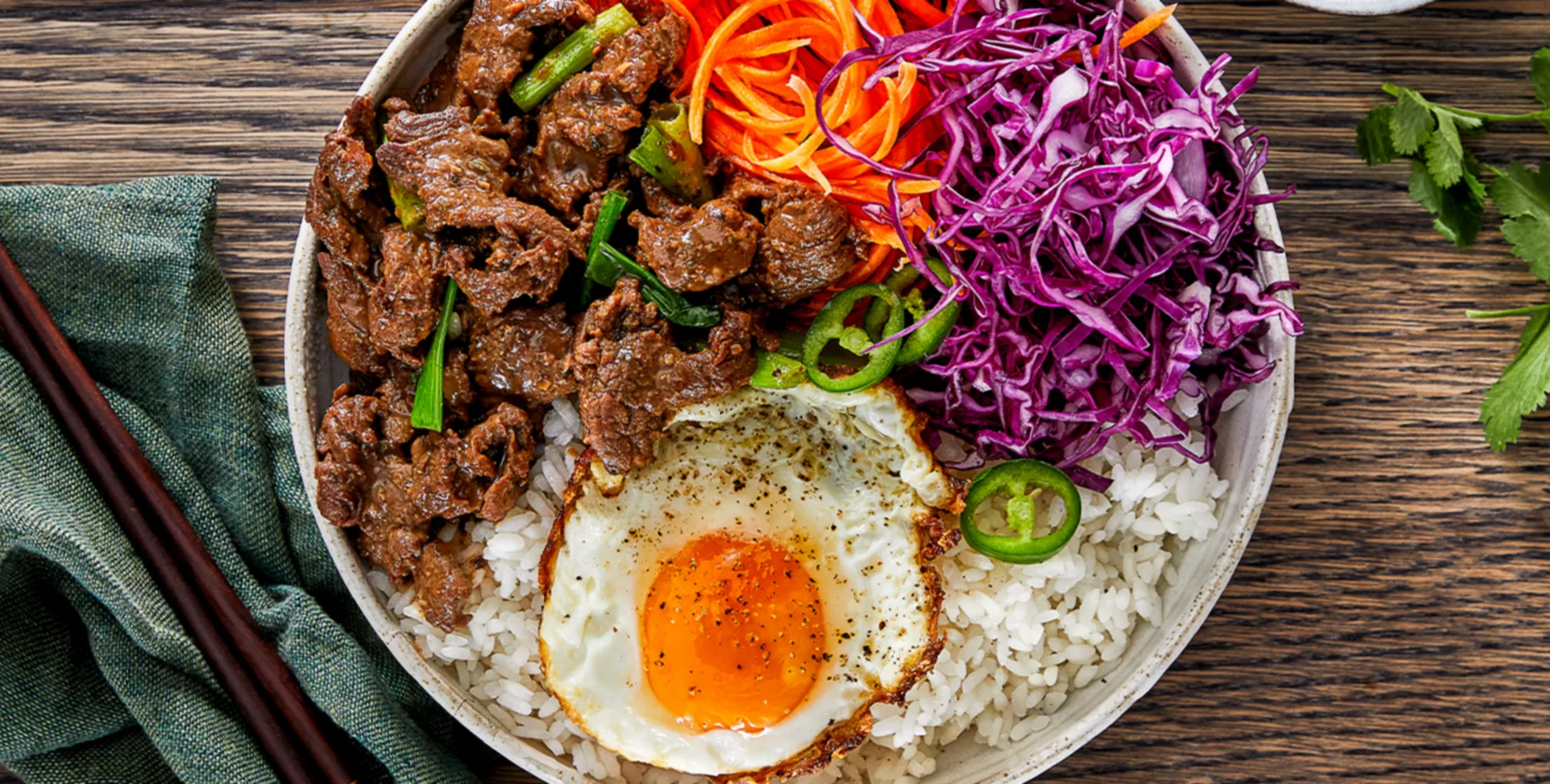
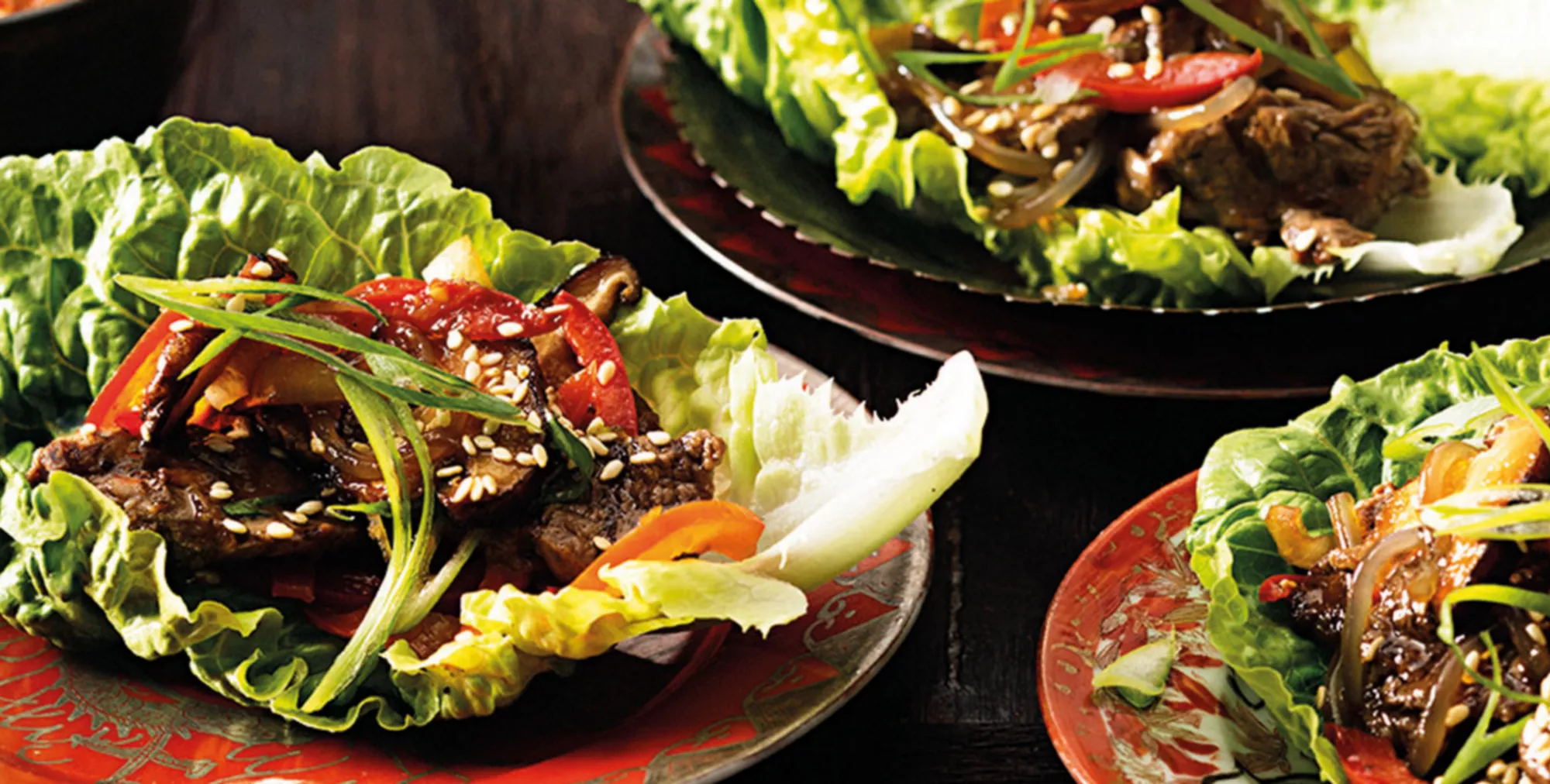




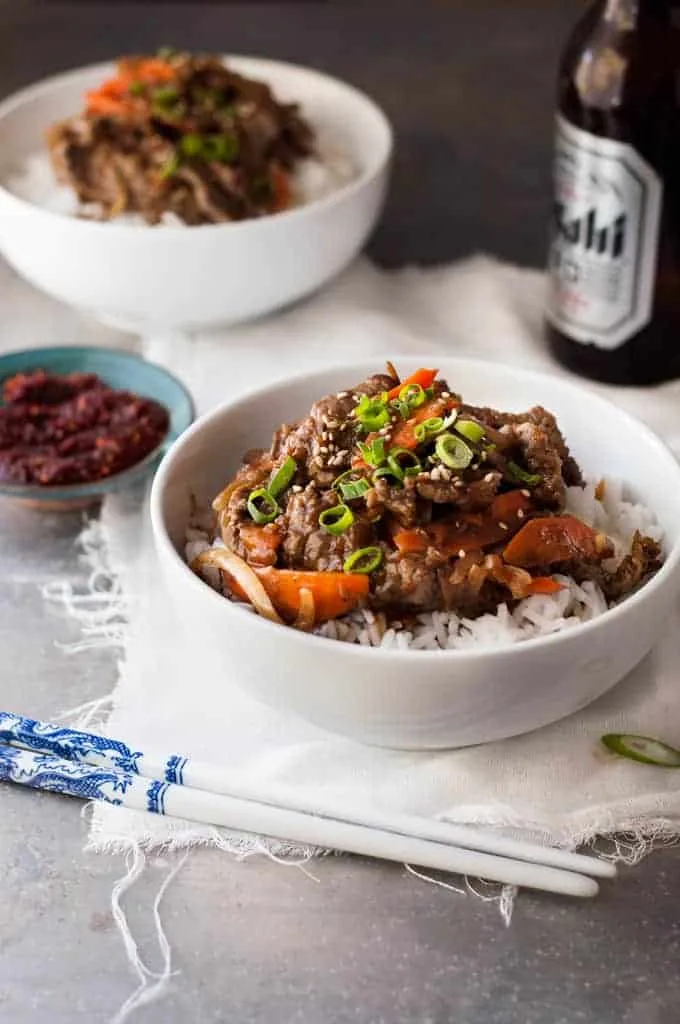


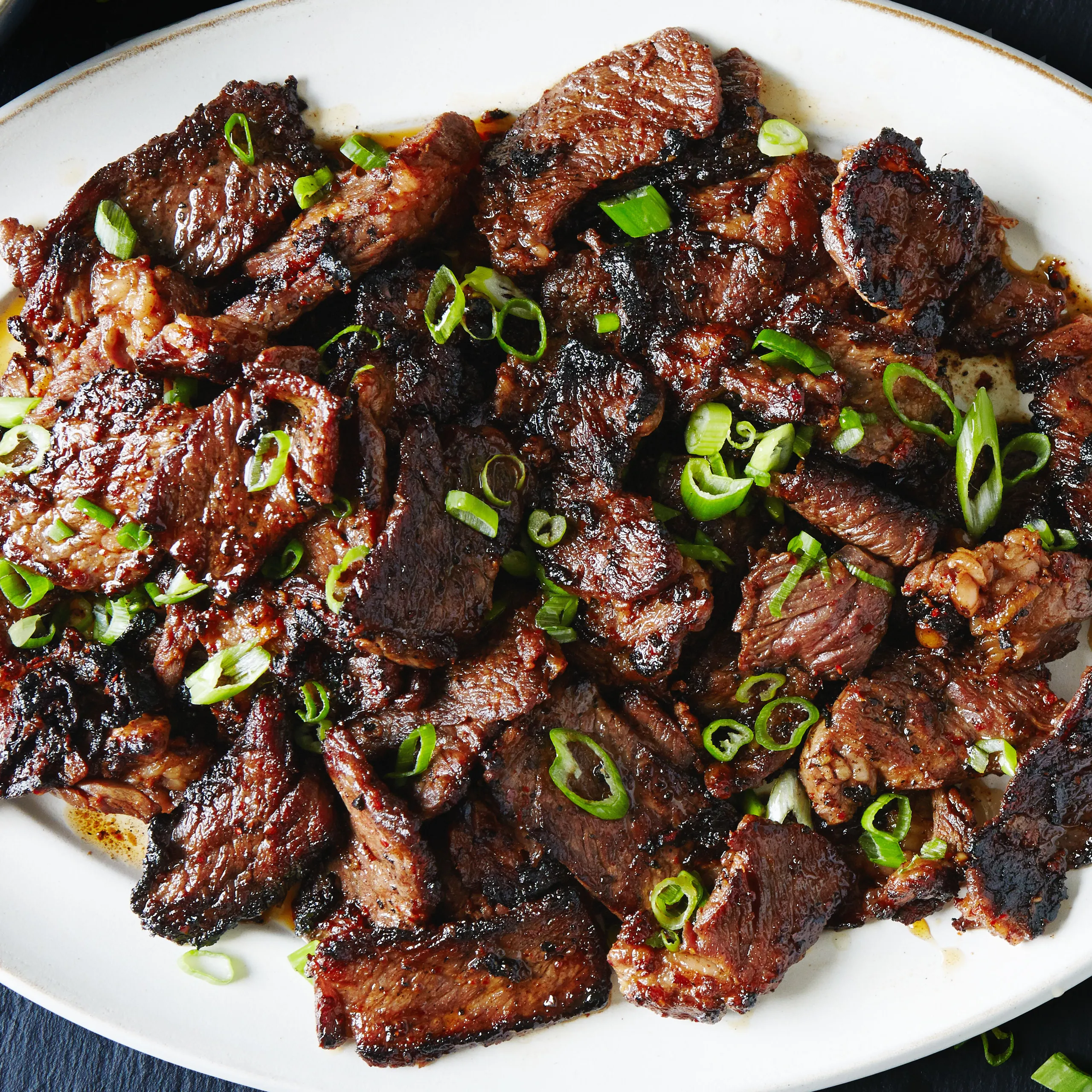




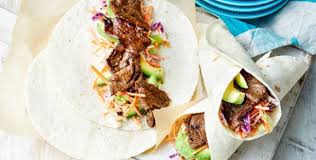


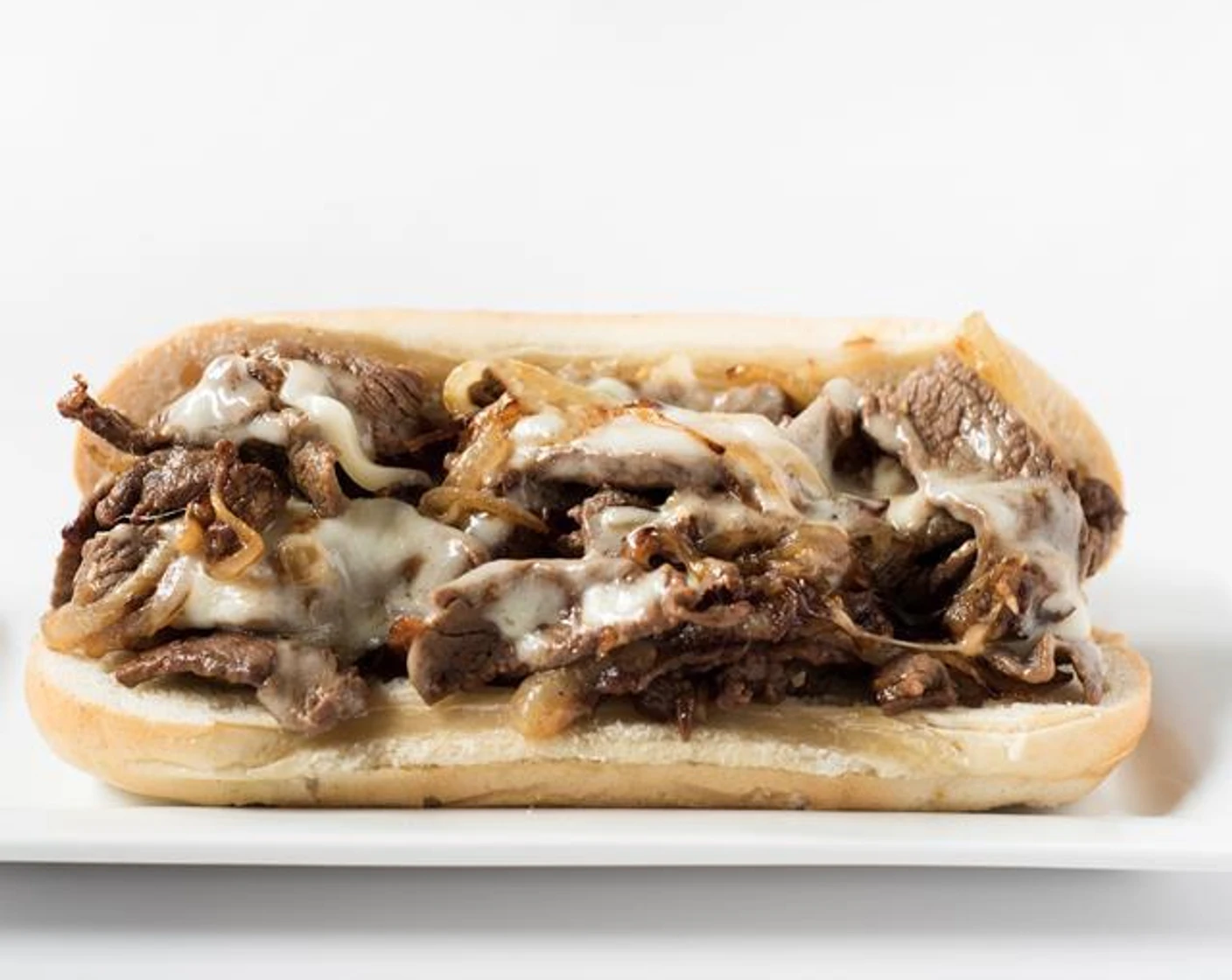


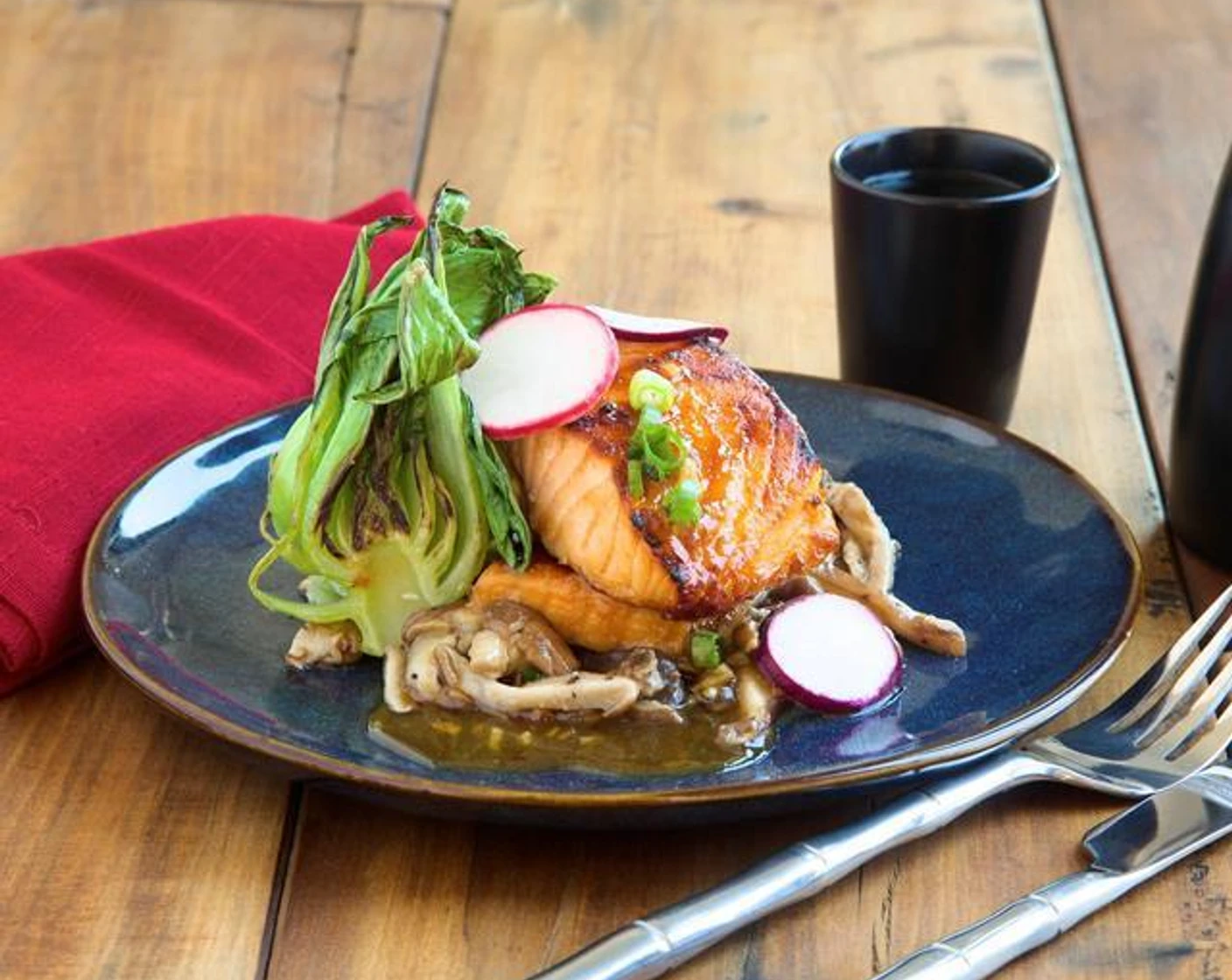



So when do we get to try this Korean food? Photos make it look very appetising. 🤔